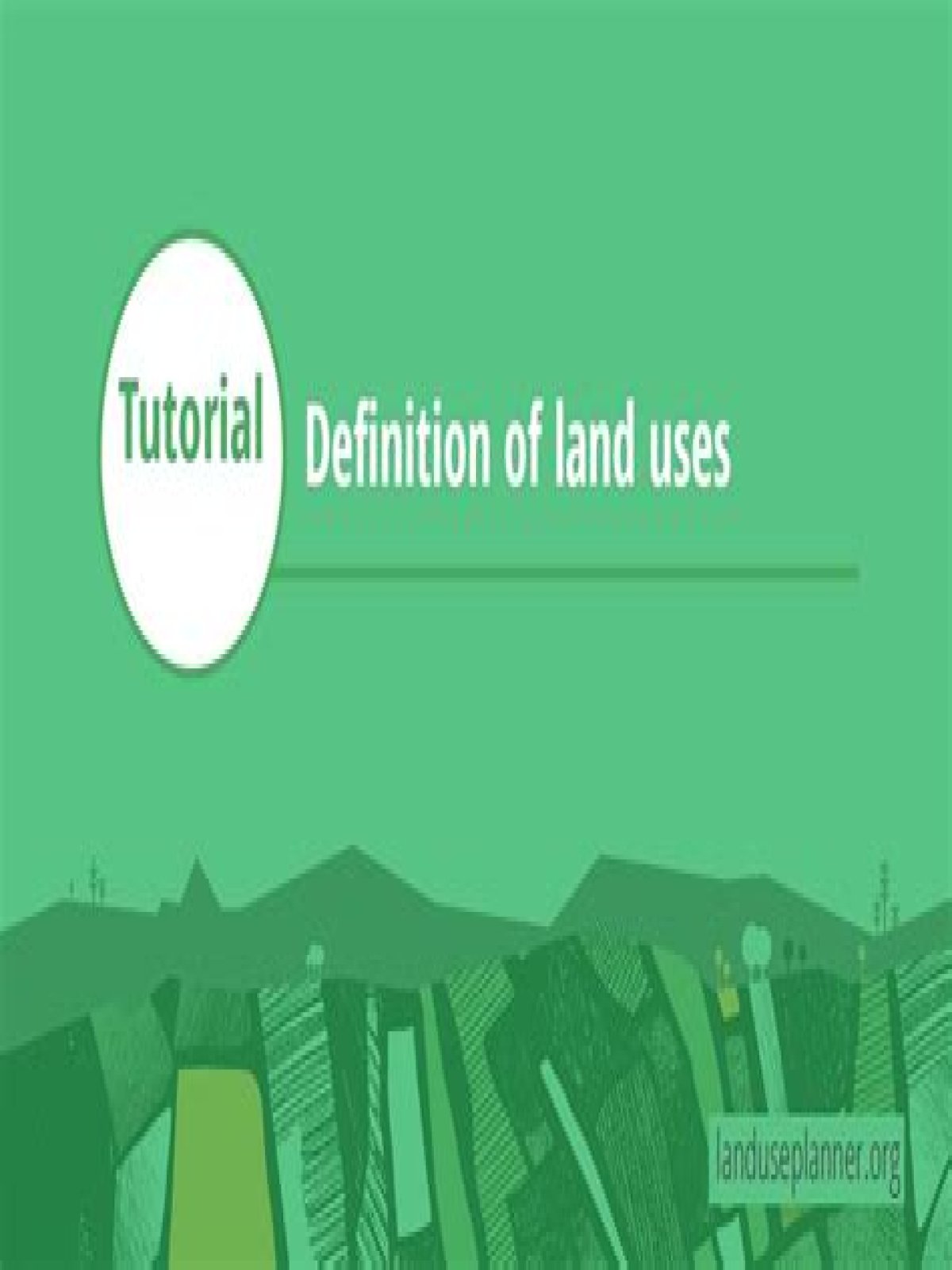Considering this, what are the 6 types of land use?
Types of Land Uses: Recreational, Transport, Agricultural, Residential & Commercial.
Additionally, what do you mean by land use planning? Land-use planning is the process of regulating the use of land in an effort to promote more desirable social and environmental outcomes as well as a more efficient use of resources. In doing so, the governmental unit can plan for the needs of the community while safeguarding natural resources.
Herein, what are the main uses of land?
There are five main types of land use: residential, agricultural, recreational, transportation, and commercial.
Why do we study land use?
Land use and land management practices have a major impact on natural resources including water, soil, nutrients, plants and animals. Land use information can be used to develop solutions for natural resource management issues such as salinity and water quality.
What is land use classification?
Land-Use Classification.
| Level I | Level II |
|---|---|
| 1. Urban or built-up | 15. Industrial and commercial complexes |
| 16. Mixed urban and built-up land | |
| 2. Agriculture | 21. Cropland and pasture |
How do we use land?
Why is land important?
What are the four types of land?
What are the characteristics of land?
What can I use agricultural land for?
What causes land use change?
What are the benefits of land?
- Reducing air and water pollution.
- Preserving open and green spaces.
- Preserving fish and wildlife habitats, endangered species, and biodiversity.
- Managing and protecting watersheds and wetlands.
- Maintaining scenic landscapes and recreational amenities.
- Preventing soil erosion and improving soil quality.
